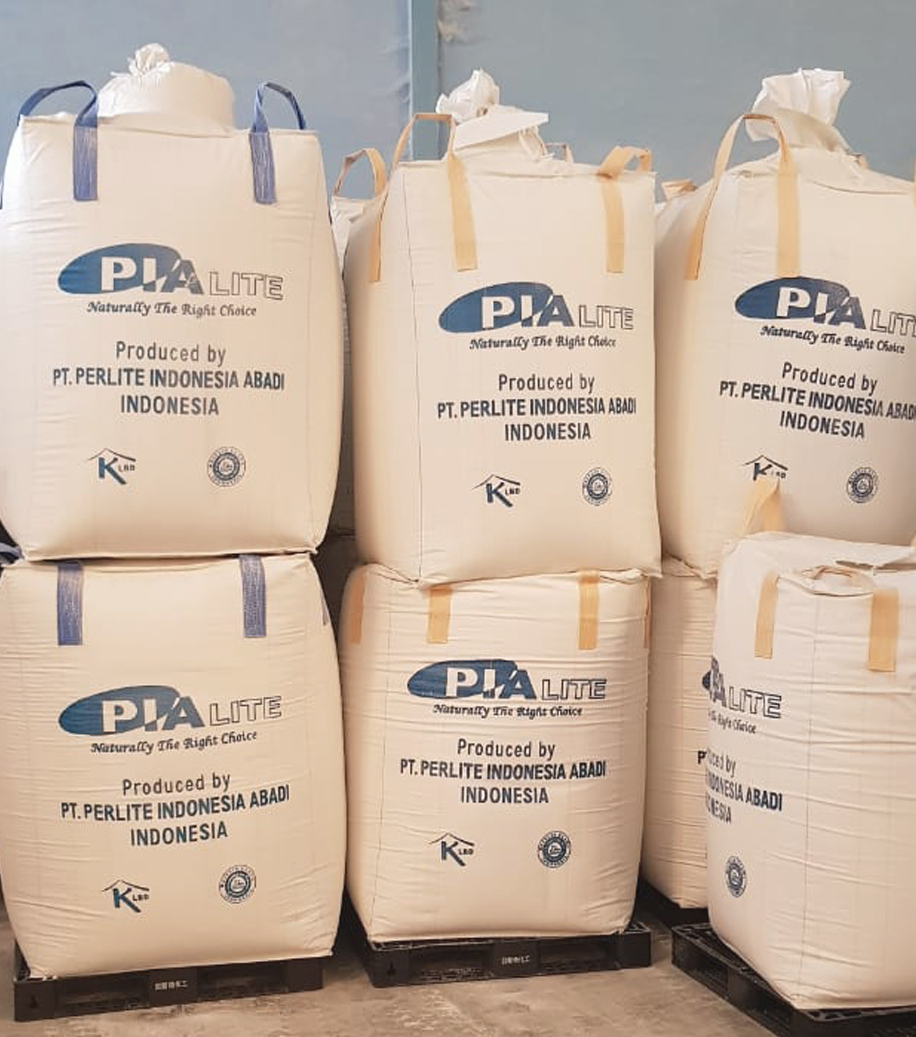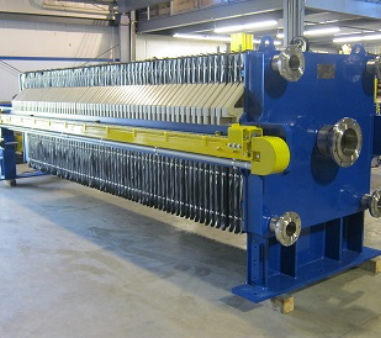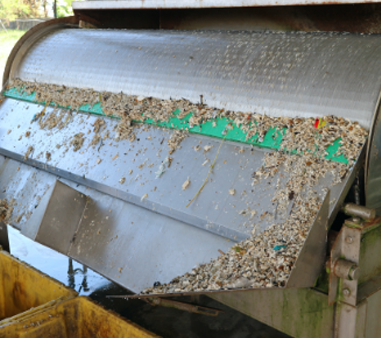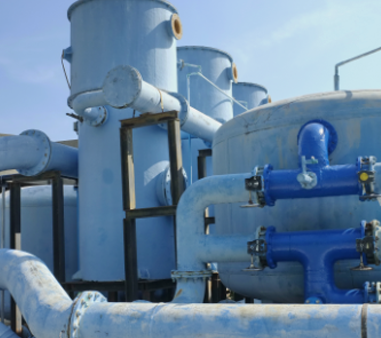Table Of Filter Aid
| Grade | Bulk density (kg/m3) | Wet Density | Darcy | |
|---|---|---|---|---|
| Slow flow rate | Pialite 81c | 140 | 335 | 0.065 |
| Pialite 81c | 140 | 335 | 0.13 | |
| Pialite 82 | 125 | 310 | 0.13 | |
| Pialite 83 | 120 | 280 | 0.44 | |
| Medium flow rate | Pialite 87 | 120 | 230 | 0.9 |
| Pialite 87SP | 120 | 230 | 1.05 | |
| Pialite 810 | 120 | 220 | 1.35 | |
| Fast flow rate | Pialite 815 | 115 | 210 | 1.8 |
| Pialite 815c | 115 | 210 | 2.5 | |
| Pialite 816 | 100 | 190 | 3.0 | |
| Pialite 816c | 100 | 190 | 3.0 | |
| Pialite 817 | 90 | 175 | 4.0 - 5.0 | |
| Pialite 817ct | 90 | 175 | 4.0 - 5.0 | |
| Pialite 818 | 80 | 160 | 5.0 - 7.0 | |
| Pialite 818ct | 80 | 160 | 5.0 - 7.0 |






















